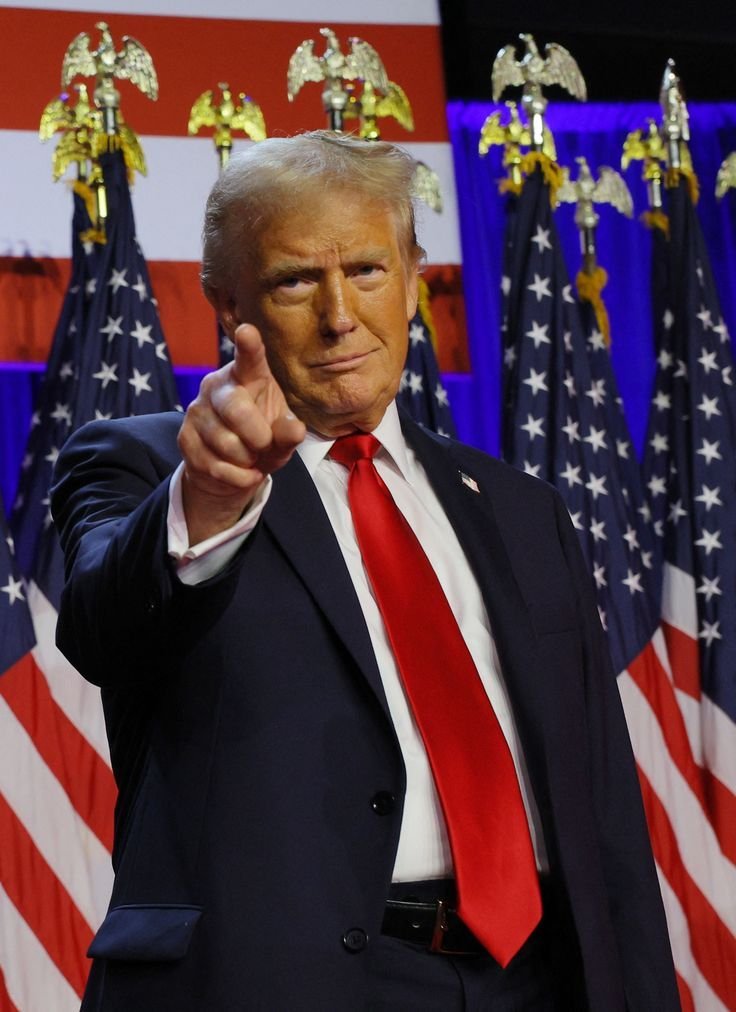1. A Nationwide Win for Trump’s Agenda
On June 27, 2025, the U.S. Supreme Court issued a pivotal 6–3 ruling that significantly limits lower federal judges from imposing nationwide injunctions against presidential executive orders. The decision stems from the legal challenge surrounding Trump’s executive order seeking to end birthright citizenship for children born to undocumented or non-resident parents—an interpretation of the 14th Amendment’s Citizenship Clause. While the Court did not rule on the constitutionality of that order, it removed district courts’ ability to block entire national policies, signaling a substantial shift in judicial reach and executive authority.
2. What the Ruling Changed—And What It Didn’t
📌 Key shifts in legal practice:
- Narrowed Injunctive Power: District judges can now only block a presidential action as it affects the specific litigants before the court—not the entire nation. Nationwide injunctions are no longer available unless requested and tied to a specific plaintiff with complete relief for their circumstance. theguardian.com+2youtube.com+2foxnews.com+2politico.com+12reuters.com+12nypost.com+12
- Temporary Continuation of Blocks: Courts maintained a 30‑day pause on nationwide effects, allowing them time to determine appropriate, narrower relief. washingtonpost.com
- No Constitutional Decision: Importantly, the Court did not rule on whether Trump’s executive order on birthright citizenship is constitutional, leaving that question open for future rulings.
3. Justice Barrett’s Opinion & Conservative Rationale
Chief among the conservative majority was Justice Amy Coney Barrett, appointed by Trump, who authored the opinion. Barrett emphasized historical equity practice: injunctive relief must aim to right harm for real parties in the case, not impose sweeping nationwide bans. She underscored that under the Judiciary Act of 1789, courts’ authority to impose nationwide injunctions was overreaching. Barrett’s reasoning aligned with the founding judiciary model, emphasizing restraint and a strict reading of judicial power. nymag.com+10en.wikipedia.org+10apnews.com+10
Joining Barrett were conservative justices Thomas, Alito, Kavanaugh, Gorsuch, and Roberts (in concurrence), while Sotomayor, Kagan, and Jackson dissented. The dissent warned that stripping courts of broad injunctive power undermines rights protection and could lead to a “patchwork” of legal outcomes across states.
4. Trump Declares a “Monumental Victory”
At a White House press briefing, President Trump celebrated the ruling as a constitutional triumph and a check on judicial overreach. He called it a “monumental victory for the Constitution, the separation of powers, and the rule of law.” Trump decried “radical left judges” for obstructing his agenda and declared that the ruling would allow policies previously blocked—including the birthright citizenship executive order—to proceed through individualized, case-by-case challenges. politico.com+8abcnews.go.com+8latimes.com+8
He also praised Justice Barrett by name, acknowledging her as “brilliant” for crafting the majority opinion. Attorney General Pam Bondi and Deputy AG Todd Blanche joined the celebration, calling the decision a correction against judicial abuses. nymag.com+13cbsnews.com+13apnews.com+13
5. White House & Conservative Allies Respond
- Stephen Miller, senior policy adviser, appeared on Fox News and praised the ruling, criticizing liberal judges as “Marxist” and calling the decision a restoration of democratic balance. thedailybeast.com+1foxnews.com+1
- Deputy AG Blanche spoke at the briefing, accusing district judges of acting on personal bias rather than legal principle.
Their message: the Court restored the proper balance—executive power, as defined by elected officials, should not be inflexibly blocked by single courts acting nationwide.
6. Criticism & Warnings from the Dissent
The dissent—Justice Sotomayor led—warned that weakening nationwide injunctions creates inconsistent protections for Americans and children born in different states. Sotomayor described the decision as a “floodgate” that undermines rights when national executive actions are legalized piecemeal. thedailybeast.comsfchronicle.com+1nymag.com+1
Legal scholars and civil rights groups echoed these concerns, suggesting that the ruling reduces courts’ ability to protect the constitutional rights of all citizens uniformly. Analysts predict more litigation through class-action lawsuits, multi-state coordination, and alternative legal paths.
7. What’s Next—Policy & Legal Ramifications
👉 For Trump Administration:
- The executive order on birthright citizenship could now proceed in courts on a case-by-case basis, enabling selective enforcement in states without national injunctions.
- The DOJ plans to refile the order and potentially push for decisions from lower courts. A Supreme Court ruling on its constitutionality is anticipated in October. pbs.org+3en.wikipedia.org+3latimes.com+3
👉 For Courts & Litigants:
- Plaintiffs will need to rely on state-led litigation, class actions, and other mechanisms to block contentious policies.
- Anticipated legal fragmentation might produce varying outcomes across federal circuits, prompting appeals to the Supreme Court.
👉 For the Judiciary:
- The decision reshapes how judicial authority is applied—courts can no longer issue sweeping nationwide blocks but must tailor rulings to named plaintiffs and scenarios.
- Monitoring outcomes will be crucial to see if uniform application of law withstands judicial scrutiny.
8. Broader Impact on U.S. Governance
This ruling recalibrates the balance of powers, reducing judicial constraints on executive actions. It marks a significant procedural shift that—while beneficial now to Trump—applies universally, affecting future administrations, both Republican and Democrat. The redefining of court remedies may reverberate through policy areas including immigration, environmental regulations, education, and public health.
Supporters argue it’s a correction toward limited judicial overreach; critics fear it threatens national protections and centralized judicial oversight when rights are at stake.
9. Public Reaction & Political Fallout
📰 Conservative Response: Republicans celebrated, calling it a win for presidential authority and a blow to activist judges. Many applauded Barrett’s role in the decision.
📰 Democratic Protest: Democrats and civil rights groups condemned the ruling, warning it endangers constitutional guarantees for marginalized groups. They pledged to pursue alternative legal strategies and push legislative safeguards.
🧠 Polling Sentiment: Public opinion is divided. Among GOP voters and some independents, the ruling is seen as corrective of judicial overreach. However, Democrats and moderate independents worry it undermines checks and balances, especially regarding civil liberties and immigration rights.
10. Conclusion: A Procedural Shift with Far-Reaching Ramifications
The Supreme Court’s decision to curtail nationwide injunctions represents a seismic procedural shift. It solidifies executive authority over large-scale policies while compelling courts to adopt more limited, case-specific remedies. For President Trump, it was indeed a “monumental victory”—one that could reshape his policy legacy and future court battles, particularly on birthright citizenship.


